I love Vancouver. The sustainable design of the city filled with friendly, diverse people makes it a model city of the future. From a postman to a Muslim businessman, I had the pleasure of really talking with several locals, all warm, welcoming, and just a joy to be around. What is it about this city that makes people so happy here? Perhaps, it is the clean air. Vancouver integrates plants with urban life. All around the city, you see people with plants on their porches, roof-top gardens that will include large trees, or even grass all over the roof.
There are also countless parks, community gardens, and small courtyards on the ground floor of the city for all to enjoy and benefit from. The people of Vancouver without a doubt value their natural environment. The Native Americans of this land are very involved and their presence is felt throughout many areas of society, including of course the preservation of nature. The lush city can maintain its stature due to the consistent rainfall throughout almost the entire year. June to September are the most promising months for sunny days but there are no guarantees.
Downtown Vancouver
Downtown Vancouver is a functioning metropolitan with a great transportation system whether it’s by taxi, bus, Seabus, or Skytrain. A wheelchair traveler should take advantage of public transportation because many parts of the city are slightly hilly. I love to explore as much as I can in my chair but know my physical limits, so public transportation was so convenient when I got tired of pushing my manual chair or traveling far distances.
Tim Hortons in this part of the world is like Peet’s Coffee on the west coast or Dunkin Doughnuts on the east coast. So one morning I waited in a very long line with others looking to get a morning sugar buzz from a freshly baked doughnut. The line moved very quickly and I was pleased I could be a part of this local morning ritual.
A part of Downtown Vancouver is known as Gastown. It was the first downtown for Vancouver and today, many of the original buildings still exist. It’s a very cute area to stroll around; some parts of the sidewalk were a little rough or had slight inclines but overall pretty accessible. All around Gastown are places to eat, especially pubs but also cafes and some sit-down restaurants. Many unique shops are scattered about displaying clothes, accessories, and home furnishings. A few art galleries were also in the area.
Seawall Walkway at Harbour Green Park runs along Coral Harbour downtown. It is completely paved and flat. Many hotels are found right on the way or just a street or two away, which makes this route very convenient for anyone staying in the downtown area. In addition to hotels, you will see several waterfront restaurants, usually specializing in seafood. The views of Stanley Park, North Vancouver, and the harbor itself are lovely. The walkway is split down the middle, representing one side for bikes and the other for walkers. Unless you are moving as fast as a bike, stay out of the bike lane, especially if you plan on taking some photos.
Chinatown in Vancouver is the third largest in North America, so I decided to explore it one afternoon. A very impressive sign marked the entrance to Chinatown on the intersection of Pender and Taylor Street downtown. The majority of Chinatown’s attractions are within the first couple of blocks past the sign in either direction. You will also find little shops, massage studios, and restaurants. For great Dim Sum style dining, try Floata. You need to take an elevator up to the floor but it is accessible with a handicapped restroom. Right across the street from Floata is the biggest attraction of Chinatown: Dr. Sun Yat Sen’s Chinese Garden located between Pender and Keefer Street. There is a free public section of the park that is very beautiful with a small weaving path around a traditionally inspired koi pond. The pathways are either stone or packed natural material; both were flat and easy to cruise over. I made the mistake of thinking that this public garden was the official Dr. Sun Yat Sen’s Chinese Garden but in fact, it was just on the other side of the wall. I was close, but it will be a part of my next visit’s agenda. Now, I know.
Granville Island is not so much an island in Vancouver, B.C. but a peninsula that is almost covered on all sides in Downtown Vancouver. Regardless, it is an outdoor market that draws visitors all year round. It was once used heavily during the industrial revolution days and the train ran through it carrying cargo. In the 1970s parts were turned into “people-friendly” areas by the government. Today, old warehouses have been turned into art galleries, public markets, and restaurants. It is a short bus ride from the Vancouver waterfront; otherwise, it was about a 45-minute roll.
There are large warehouses all over Granville Island that are operating art studios many of which have galleries for viewing on subjects ranging from glass to textiles to pottery to precious metals. The Public Market is filled with fresh foods and handmade products. Even if you are not in the market to buy produce per se, the colorful arrangement of everything can still be appreciated. Besides things like fresh fruit and organic meats, you’ll also find warm baked goods and other treats like ice cream, honey, and chocolates. Inside is a uni-sex restroom that is wheelchair accessible.
A few small places to eat are available inside the Public Market but there are also lots of restaurants outside. Here’s the complete list of where you can eat in Granville Island as well as places close by. When I arrived at Granville Island, I was already starving so picked pretty much the first place I saw which was Bridges. It caught my eye because it has a large outdoor patio right on the water. The seafood was delicious and everything that the waiter walked by with also look tasty. To get to the restrooms, I had to go through the front entrance because the door to the patio had a step. Inside had a very modern style with large windows to enjoy the view. Conveniently on the island is also a currency exchange booth if you need some Canadian coins.
If you are looking to shop, there are a few places to consider. For one, Robson Street is filled with high-end commercial shopping, spas, and restaurants. It covers about three blocks between Burrard and Jervis Street. Good energy is found on Denman Street, another shopping district, and here you can find many European stores and great sushi restaurants. Yaletown is a trendy, upscale district in the south part of Downtown Vancouver just a few blocks before reaching Grandville Island. It has boutique shops, yoga workshops, modern restaurants, music festivals, and more.
West 4th is located near Kitsilano Beach and again has more coffee shops, clothing stores, spas, places to eat, and more. The area is accessible from the south end of Vancouver’s main bridges, the Granville Street Bridge and the Burrard Street Bridge. The Granville Street Bridge’s right turn-off empties right onto 4th Avenue; Off the Burrard Street Bridge, 4th Avenue is 3 blocks south. North Vancouver or back you may want to stop at the Lonsdale Quay Market, near the transportation terminals. It is very similar to Granville Island with all kinds of food and hand-made items for sale.
Stanley Park
Stanley Park is an evergreen oasis just a few miles from the heart of Downtown Vancouver and is 400 hectares (1,000 acres) of lush nature that an estimated 8 million people visit each year. The majority of the park is surrounded by water and most of the park is forested with an estimated half million trees that can be as tall as 76 meters (249 feet) and hundreds of years old. Natural landmarks to explore throughout the park are various sculptures and monuments.
There are approximately 200 kilometers (120 miles) of trails and roads in the park. The seawall is an 8.8 kilometers (5.5 miles) paved trail and travels along the waterfront and next to the forest around the entire park. This trail is almost entirely level and is a nice ride for a wheelchair user. Along the way are some attractions like lighthouses, totem poles, and a rose garden. The other relatively flat trail is around the Lost Lagoon; otherwise, trails running through the park have long steep hills. Some of these pathways are paved but some are finely packed granite and dirt trails that are accessible to some wheelchair users. These hiking trails are deeper in the park and can be quite steep at times but rewarding.
There are two ways of approaching the Lost Lagoon. On the left side of the lagoon, you will find a paved trail and to the right, the pathway is more natural but very flat and manageable. Cruising along the lagoon you see all kinds of birds: swans, ducks, geese, blue herons, and maybe even a Bald Eagle. I was lucky enough to see two Bald Eagles perch on a log in the middle of the lagoon in the morning. Lots of critters are present in the park. The two trails eventually merge and at this point, you will see an additional trail that leads to 2nd Beach. This is a really popular beach, one of two in the park, and is usually packed with people on a sunny day. Past 2nd Beach marks the end of the park’s boundary. Not too far from 2nd Beach is the Ted & Mary Greig Rhododendron Garden, the best time to see these flowers in bloom is March-June. If making a round trip, this garden is on the way to the Lost Lagoon from 2nd Beach.
Since the park is so large, consider taking the hour-long Stanley Park Horse-Drawn Carriage Ride/Tour. It is wheelchair accessible and will give you a general idea of what the park has to offer and great views. Things you will see include the Totem Poles, Lions Gate Bridge, and Rose Garden. To set up the ramp takes a few minutes so the staff requests you are ready to board 10 minutes before departure and if possible, give advanced notice. The center pole is removed and the ramp put in place, which is steep and was held by one gal as another pushed me up. The landing space was not spacious by all means but workable even for a power chair. The center pole is returned and a rope barrier is fastened to each side, so be sure your breaks are on. The ride was slow and steady, a perfect way to enjoy the park’s ambiance and take photographs under the covered carriage. The rest of the carriage is open so dress accordingly.
One of the main attractions is the Vancouver Aquarium, Canada’s largest aquarium with over 70,000 animals and is open 365 days a year. Summer is the busiest, but a steady flow of people visit year-round. A few of the main attractions are the beluga whales, dolphins, otters, and sea lions but there are plenty of wonderful exhibits showing you all different sides of aquatic life, like seahorses, jellyfish, and sharks.
There are two indoor floors with elevator access for wheelchairs but the main level has the majority of exhibits. All the wheelchair accessible restrooms are also on the main floor along with a 4D movie theater and a cafe. The 4D theater includes 4 wheelchair spots. The ground floor can be accessed by an elevator and includes two small exhibits. Outside there are a few ramps to view the four animals and an elevator between the sea lions and beluga whales takes you below ground to watch them underwater. At the outdoor venue for the beluga whales, there are designated wheelchair spots on Canada’s Arctic Deck. The Wet Lab is also wheelchair accessible.
Grouse Mountain
The Grouse Mountain Lodge is located on the same level as the Skyride loading platform. Inside on this floor is where the restaurant with a view and accessible restroom is located. Near the Skyride is an outside ramp that will lead to the bottom of the lodge. A theater, gift shop, and cafeteria are on this level. Outside is a paved trail leading to other attractions of the park, including the Lumberjack Show, Birds in Motion, and Grizzly Bear Habitat Exhibit. Aligning the walkway are several large beautifully carved wooden pieces. The paved road does not last past these attractions. It does not last long at all. Grouse Mountain is a good visit for a few hours depending on what you want to do. Other activities exist like zip-lining and a helicopter tour but neither is accessible. So come up to enjoy the views, perhaps some kind of nature show, and grab something to eat. During the winter Grouse Mountain partners with Vancouver Adaptive Snow Sports (VASS) to offer adaptive skiing for wheelchair users. The Skyride arrives every fifteen minutes so leaving when you choose is easy.
Van Dussen Gardens
The Van Dusen Botanical Garden is not as famous as the Butchart’s Garden but just as big and beautiful. Plants, trees, and flowers that are found all over the world are beautifully woven throughout the 22 hectares (55 acres). Besides the actual garden, the grounds include a garden shop, a book/seed library, and a restaurant. Beautiful water features all over the garden, like streams, ponds, and even a waterfall. Agriculturally, there is a large collection of Rhododendron hybrids, cultivars of Fagus Sylvtica as well as collections of Sorbus, Fraxinus, and Magnolia.
Accessibility around the garden is very limited. A map is available at the cashier that shows the most accessible route (marked by a blue dotted line). Only 1/3 of the garden is seen but no discount is given. There are many paved pathways in areas not marked because parts are too steep. Such trails would possibly be easier with a scooter or power wheelchair. Those in manual chairs (without someone to assist in pushing) will find exploring off the marked trail to be a pretty intense workout; some inclines can be 60-70 degrees. If needed, four hospital-style wheelchairs are available at the gift shop on a first-come, first-serve basis.
Suspension Bridge
One of the top attractions in Vancouver is the Suspension Bridge. 90% of the area around the Suspension Bridge is not accessible because of steps, which include the bridge itself. However, you can get close enough to take photos of the bridge, and enjoy a history tour, the Story Centre, Kia’palano (First Nations cultural area), the Canyon Cafe, Loggers’ Grill, and Trading Post Gift Shop. Everything on this east side of the park is paved. Since so much is not accessible admission is free for a wheelchair user as well as for one of his or her companions. Though the main attraction to this site is not accessible, it still might be worth spending a few minutes at, especially since it won’t cost anything.
Whistler
One of the most exciting days was going up to Whistler, which provided an accessible shuttle bus upon advanced request. It was an all-day event starting at 8 am and getting back around 6:30 pm. Around a total of three hours was spent in the town of Whistler and it certainly was not enough. Whistler has a huge adaptive recreational program for both summer and winter activities. Going to Whistler by train is also wheelchair accessible on the Rocky Mountaineer.
Additional Attractions
- Vancouver Art Gallery
- Museum of Anthropology (MOA) – premiere collections of Northwest Coast First Nations art.
- Accessible Wilderness Society – Activities near the Campbell River on Vancouver Island
- Forbidden Vancouver – Walking Tours can be made accessible with advance notice, including for those with limited vision.
- Harbour Cruises – The main level is accessible for wheelchairs
- Sunshine Coast in Powell River – There’s an accessible cabin and 13km of accessible trails
- B.C. Wheelchair Friendly Services – RV rentals and boat excursions

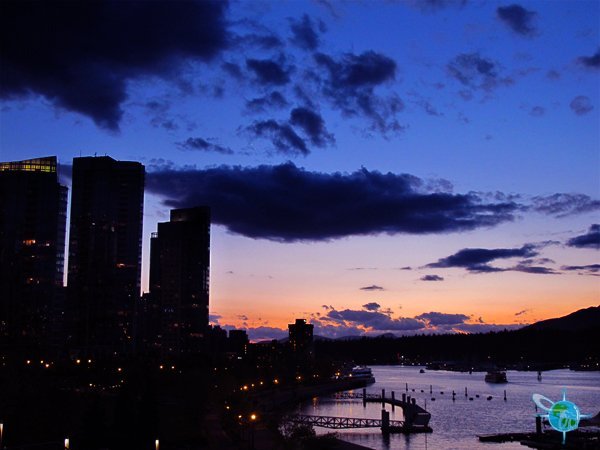
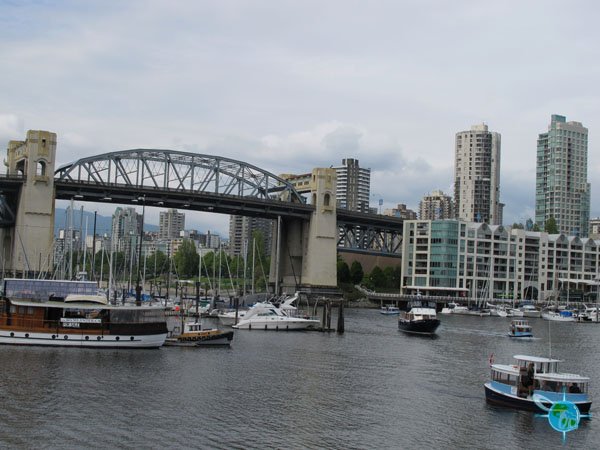
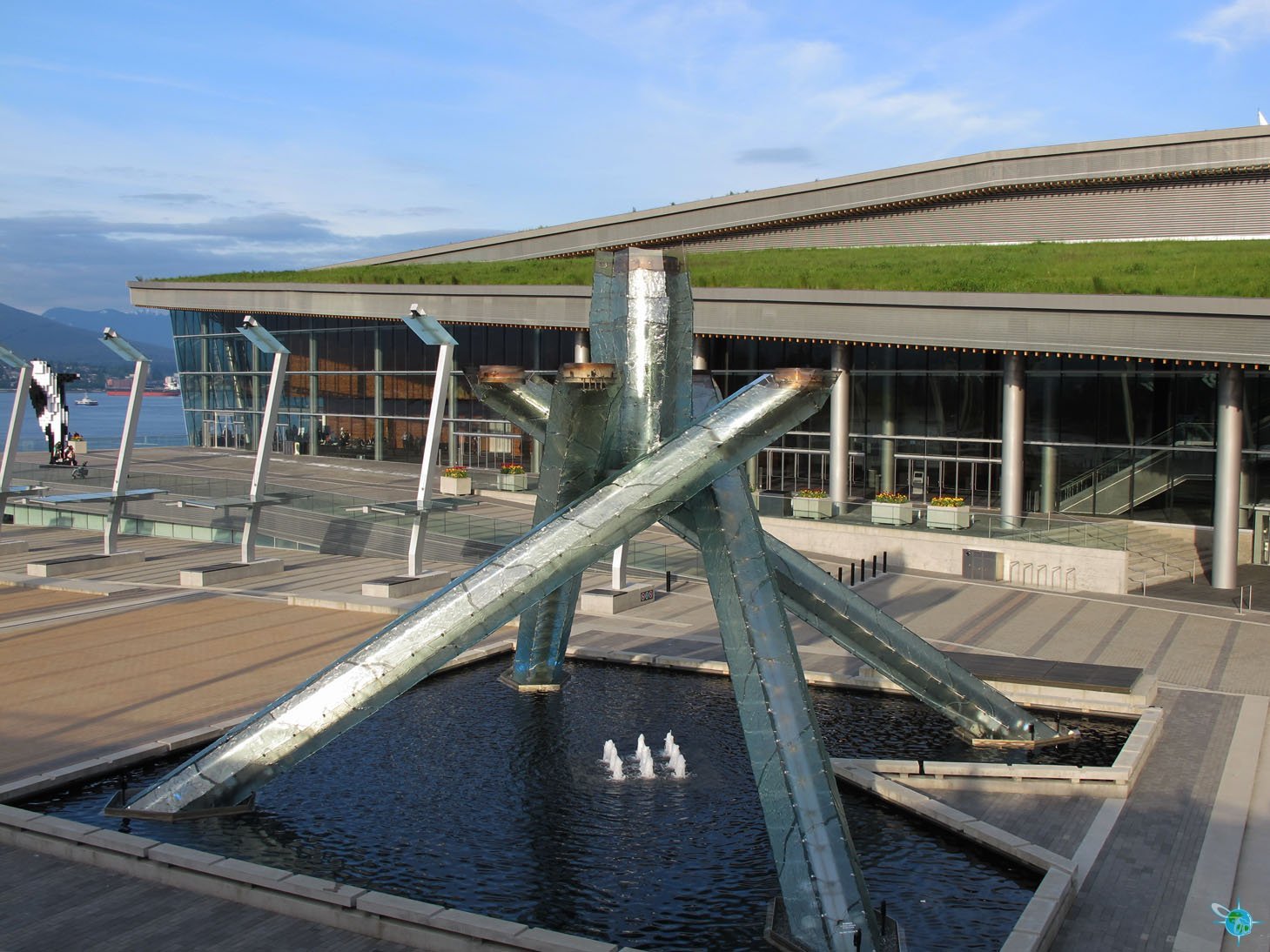
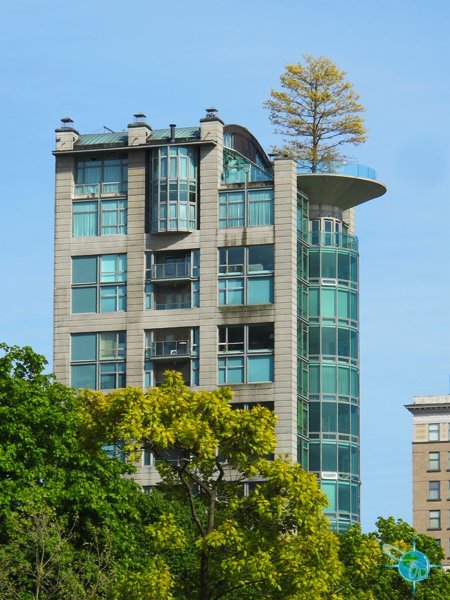
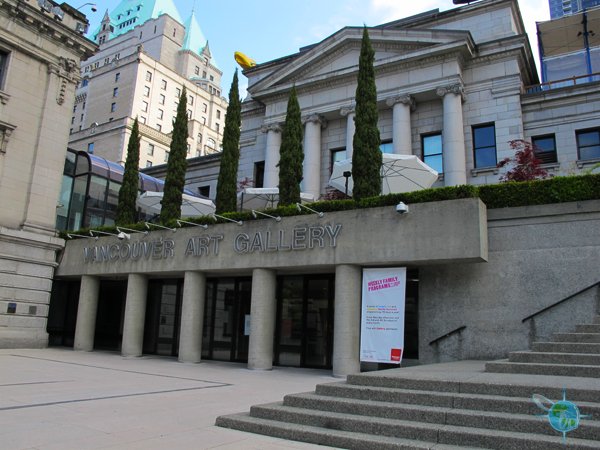
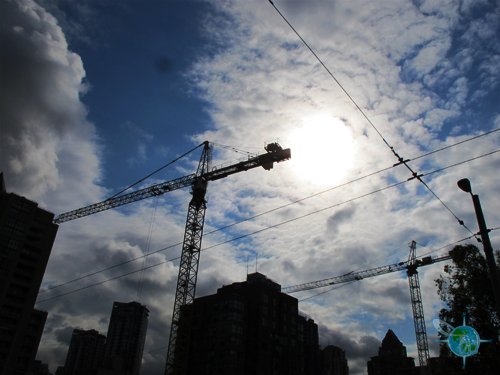
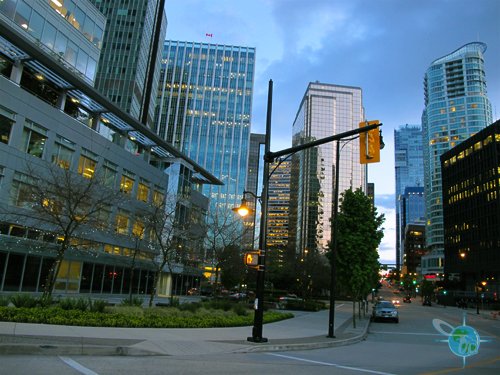
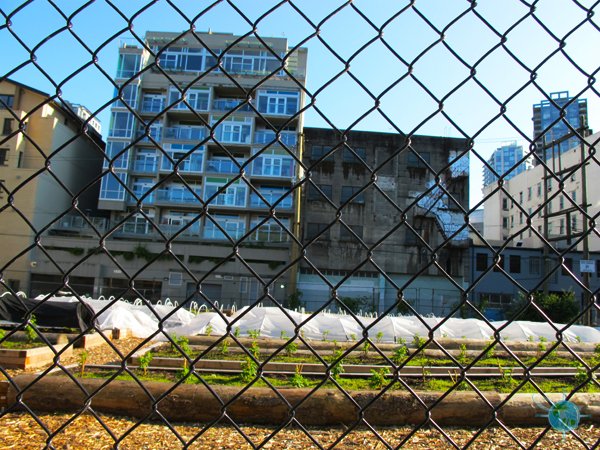
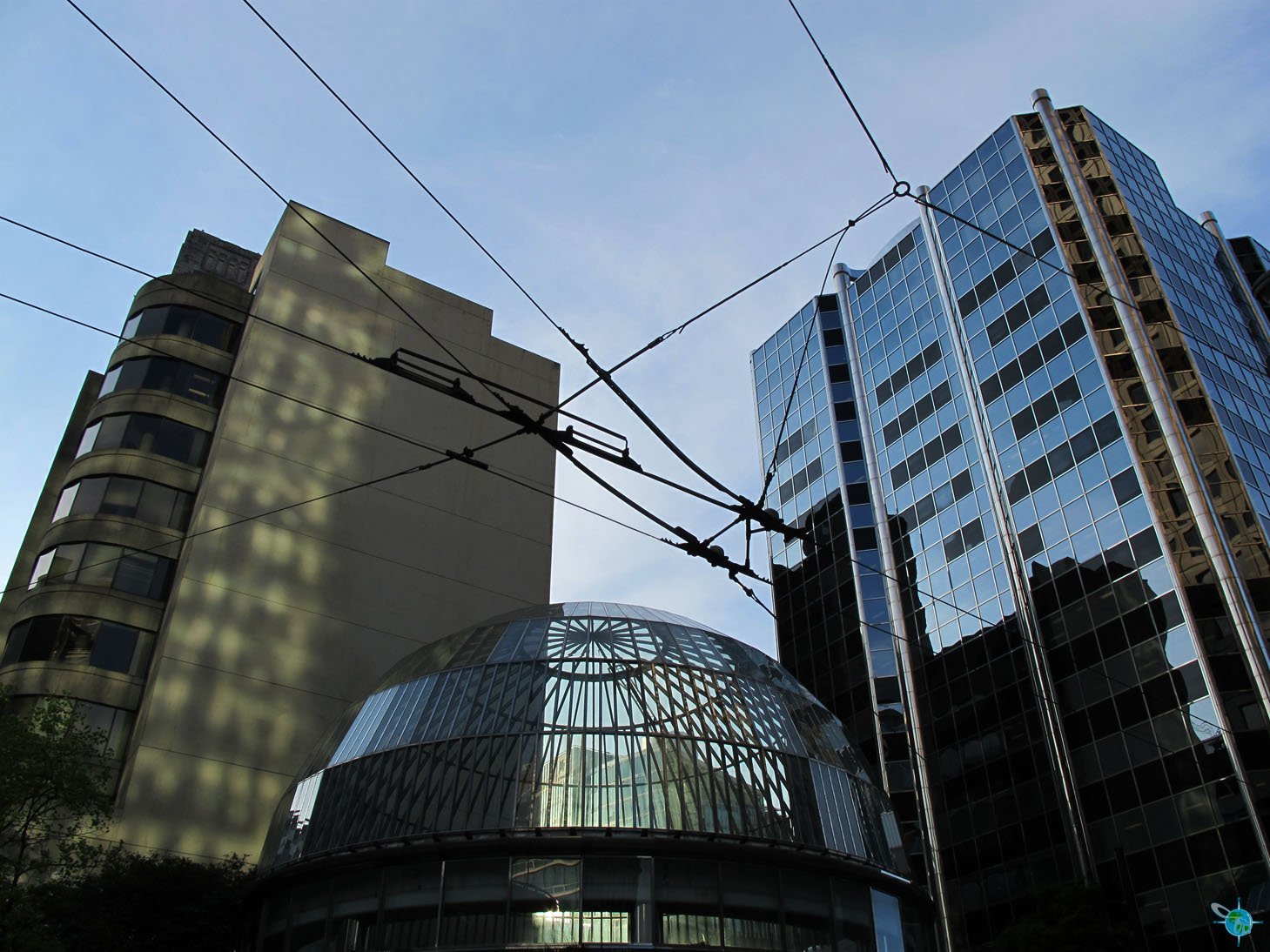
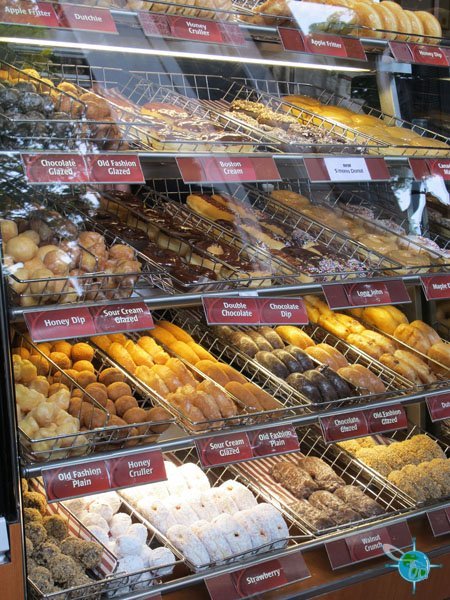
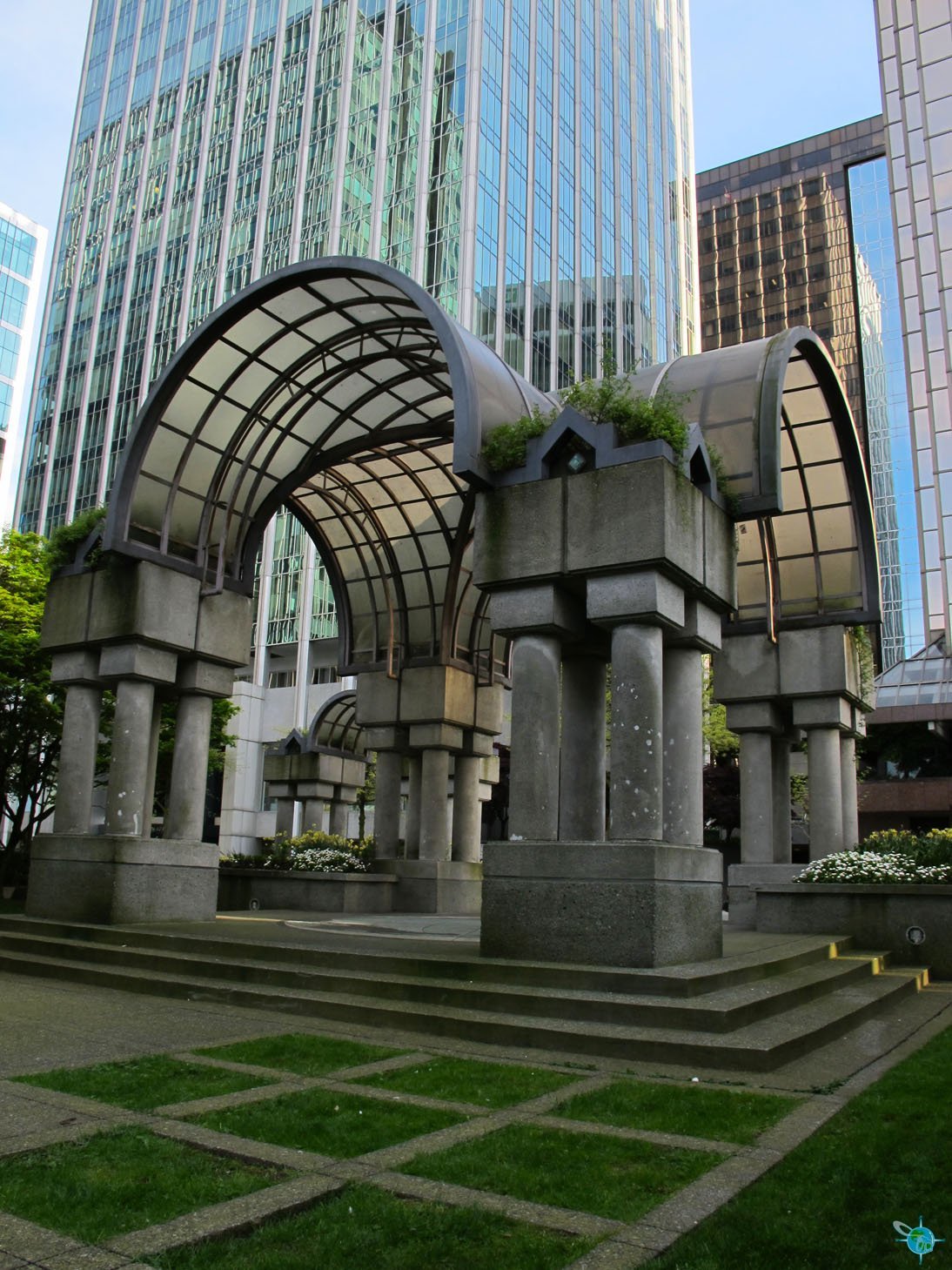
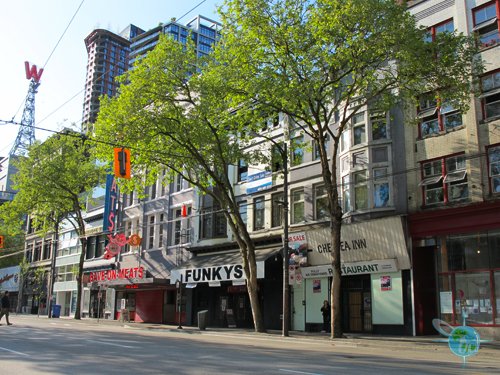
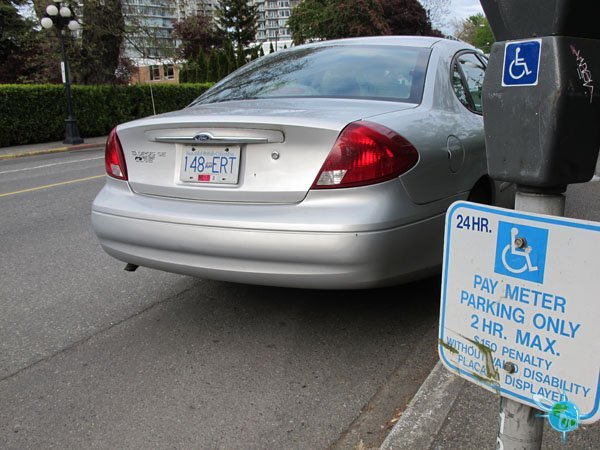
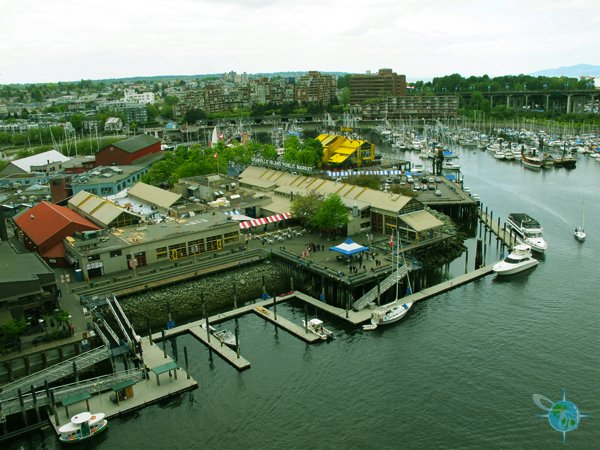
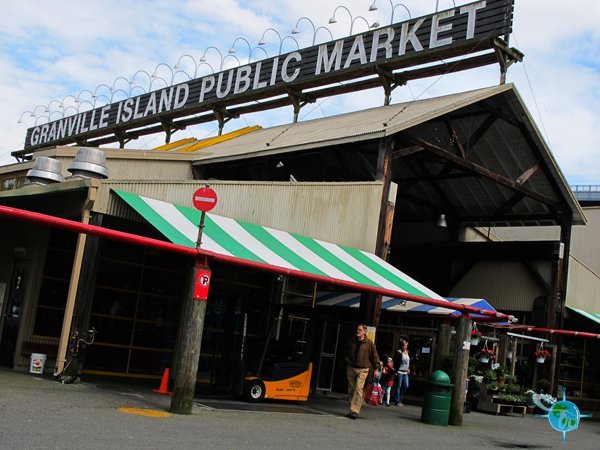
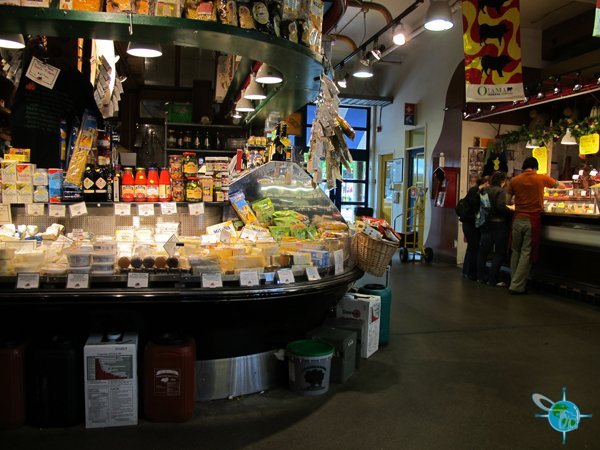
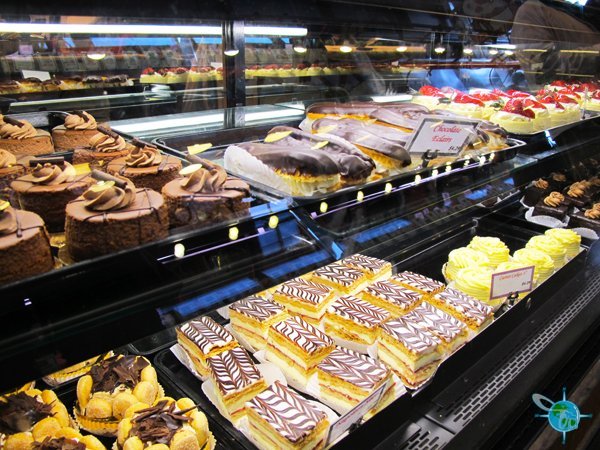
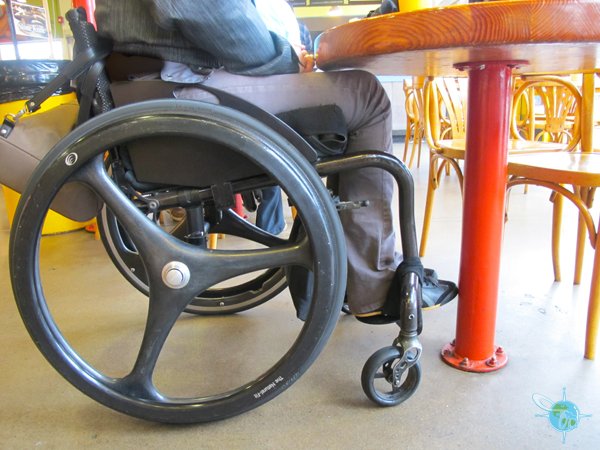
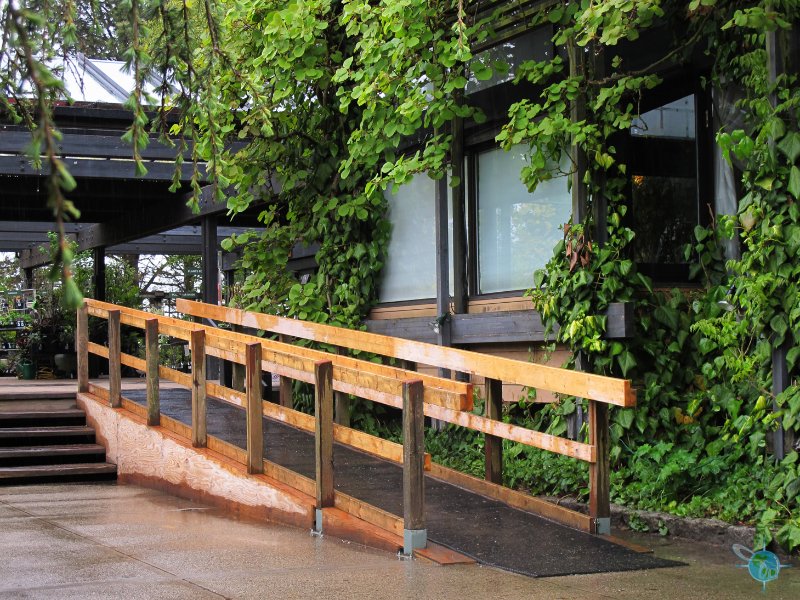
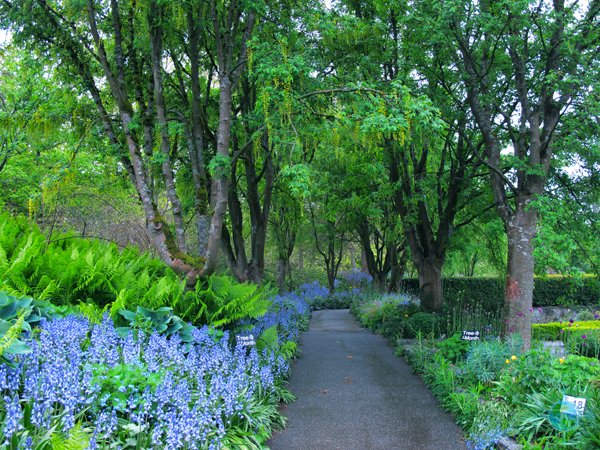
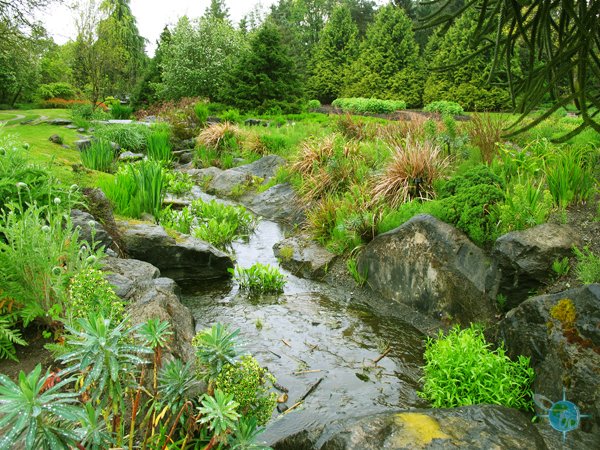
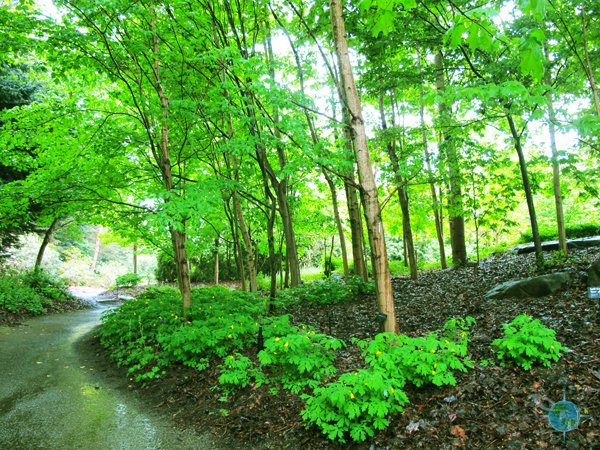
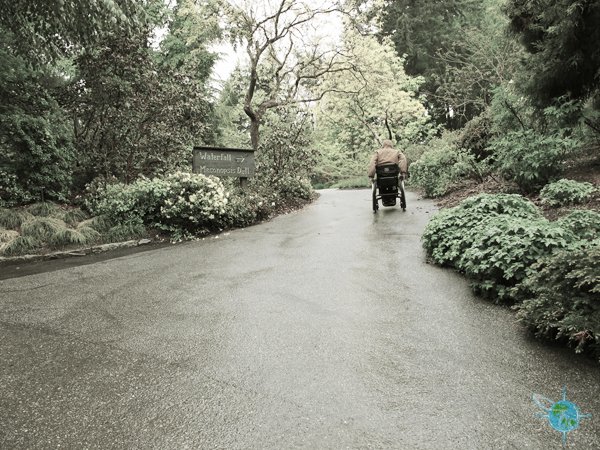
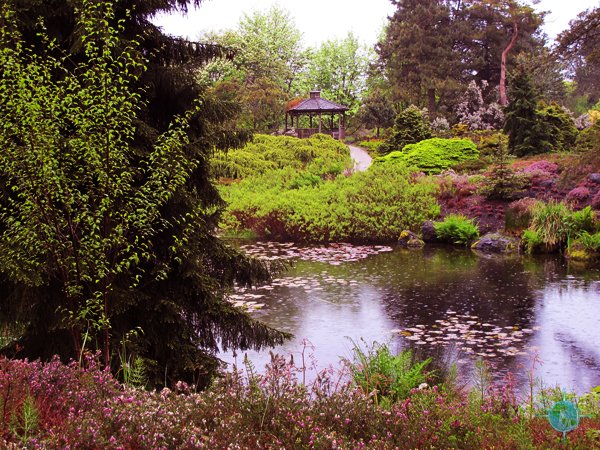
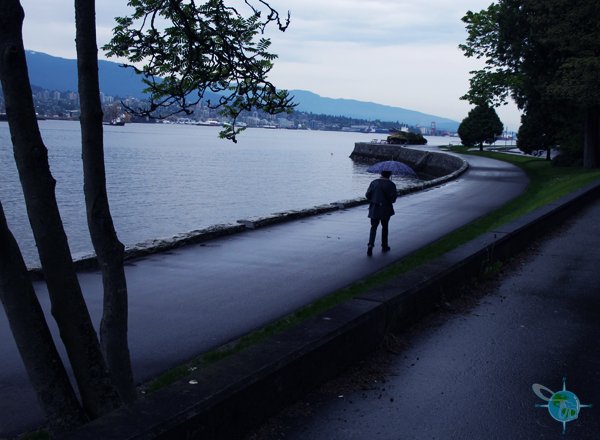
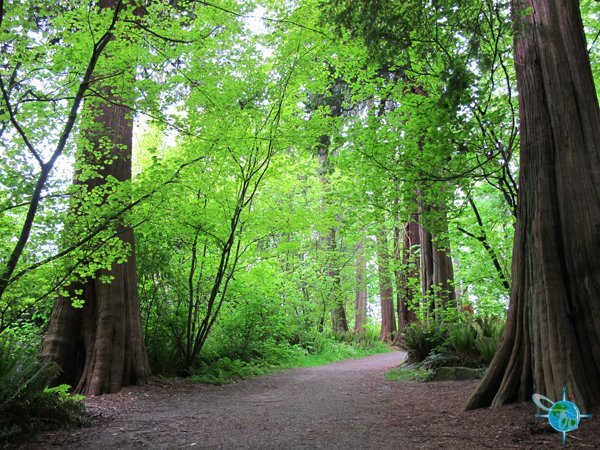
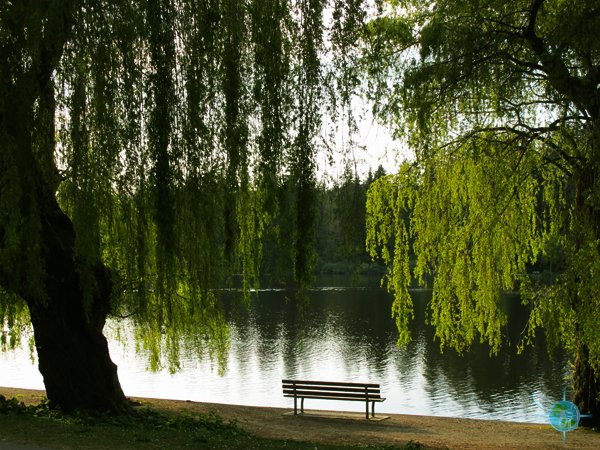
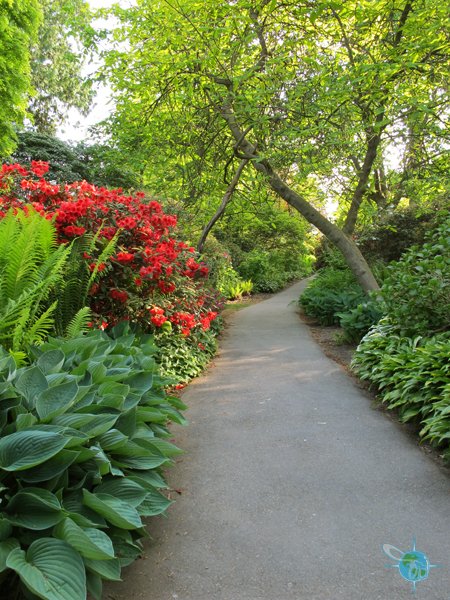
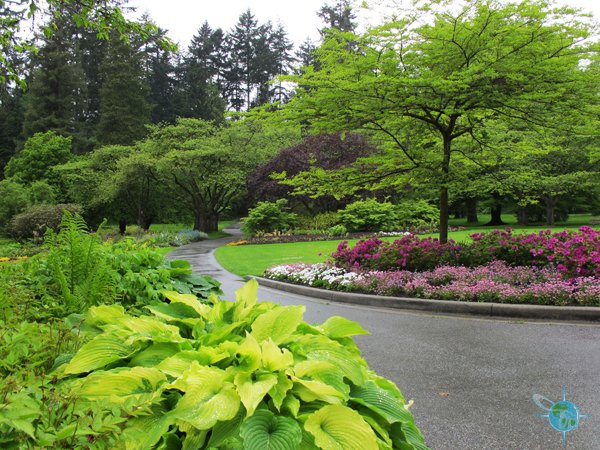
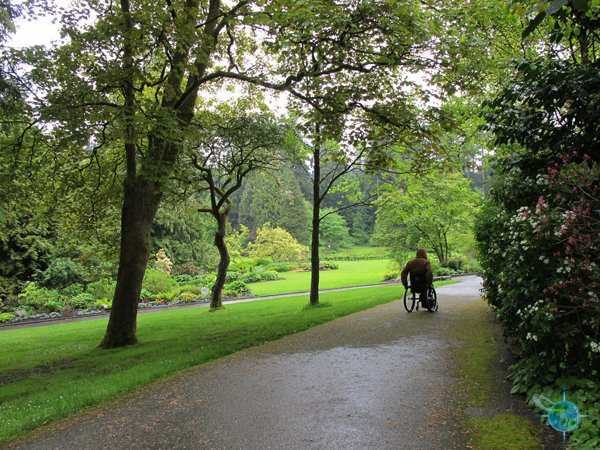
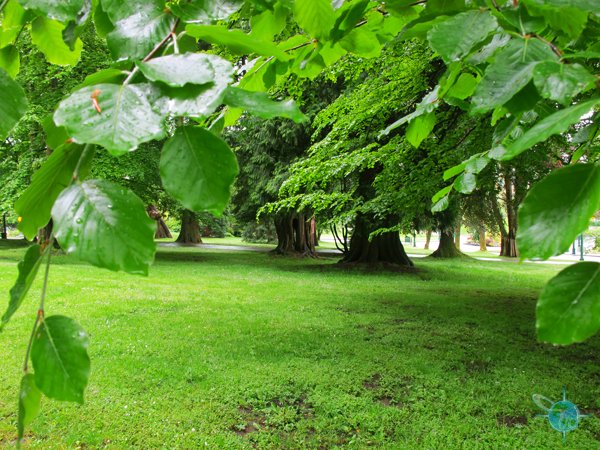
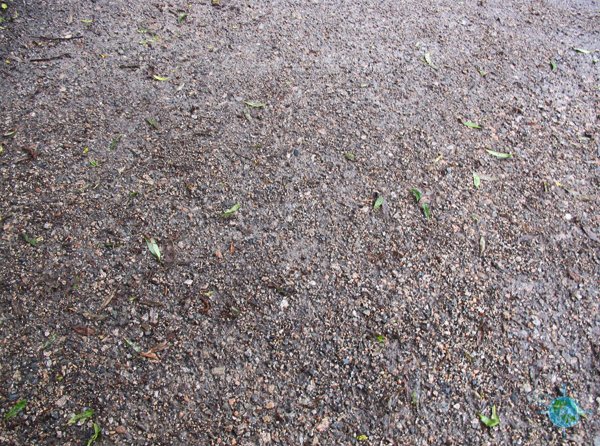
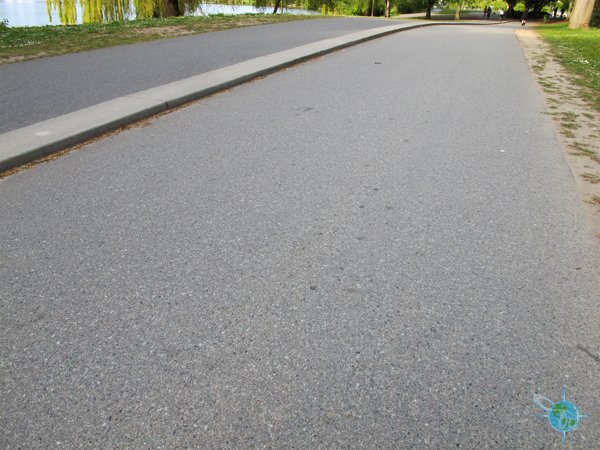
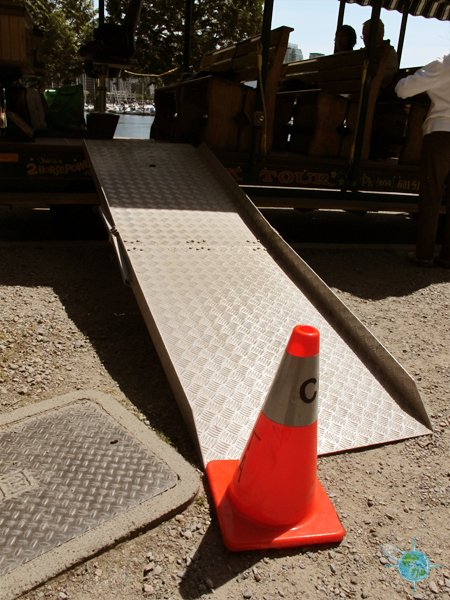
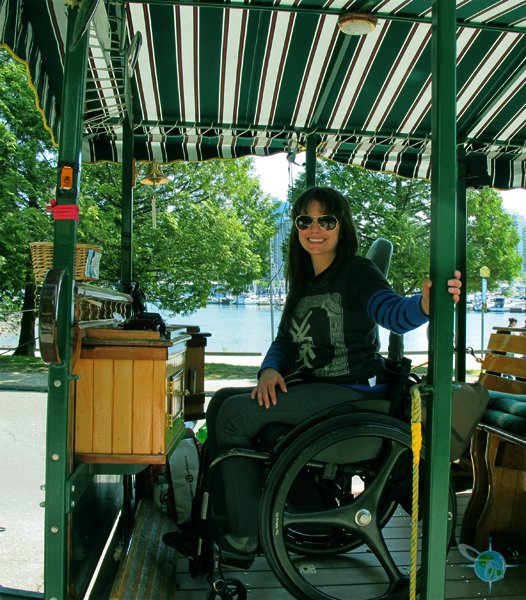
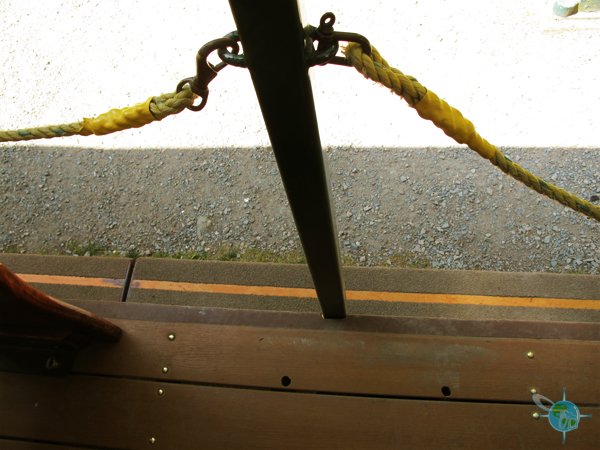
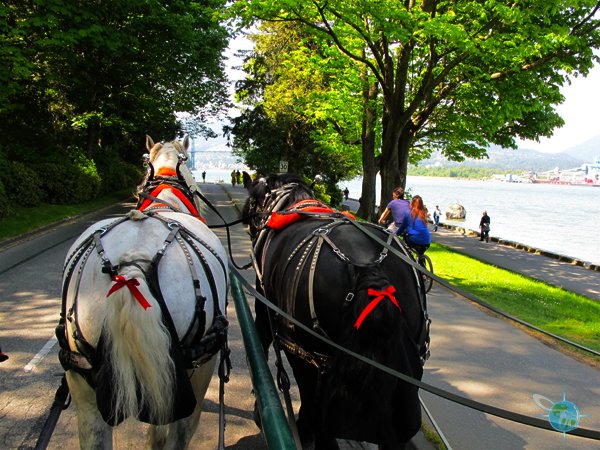
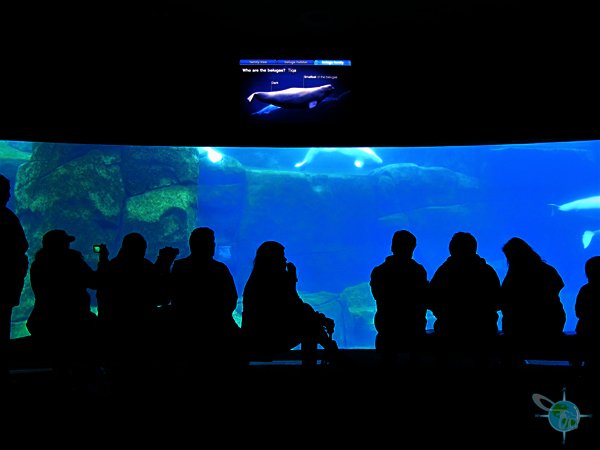
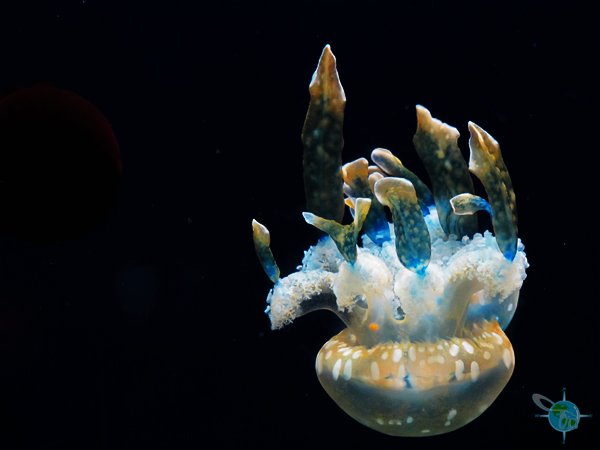
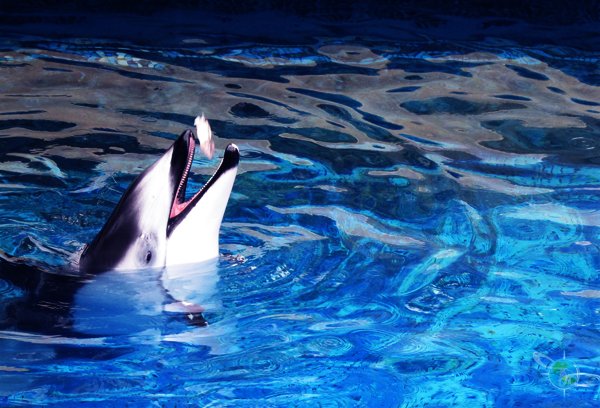
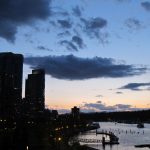
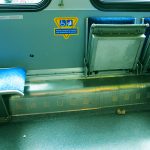
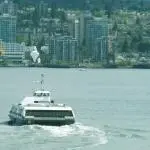
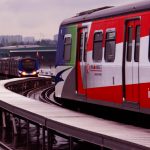
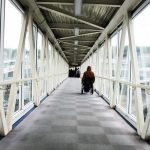
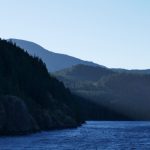
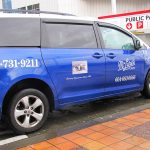
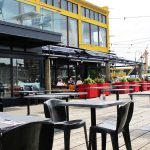
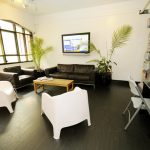
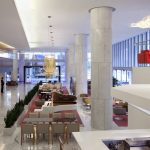
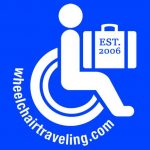
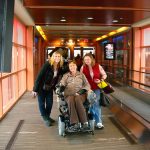
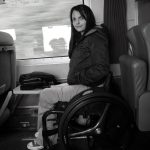



The names of each of the attractions and locations are missing! not helpful.
Yes Anita! For some odd reason all the links on the site went white, not helpful. I finally figured out how to correct the problem. Sorry about that. Tech does some strange things sometimes. Should be all good after you refresh.